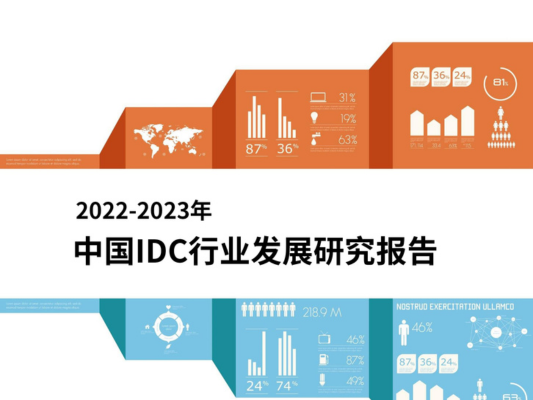Electricity demand across the Texan market is set to rise to up to 218GW by 2031, according to the latest estimate from the Electric Reliability Council of Texas (ERCOT), the state's grid operator.
The projected increase represents a growth of 150GW compared to the current peak demand record of 85.5GW set during 2023's record breaking heat wave.
Alongside the previous estimate, ERCOT also released an adjusted forecast, which takes into account the likelihood of speculative requests. The adjusted forecast had a peak demand projection of 145GW by 2031, reflecting similar growth to last year's forecast but still significantly higher than current levels.
The majority of new generation capacity is expected to come from the build-out of solar and battery storage systems (BESS), with solar expected to more than double between 2024 and 2029 and BESS projected to triple during the same period.
The largest percentage of projected demand growth comes from the state's data center sector, which is expected to rise to 78GW by 2031.
The Texan data center sector has been supercharged over the past 12 months, with the state emerging as a viable alternative to established markets due to its ample land availability and plentiful energy supplies and infrastructure.
Notable developments in the Lone Star state include Crusoe’s 200MW+ Abilene data center campus, which is currently under construction, QTS’s planned data center campus in Dallas, and Microsoft's latest data center development in San Antonio.
However, there are concerns that the growth could put undue strain on the ERCOT grid infrastructure. The state senate has already passed a bill that would establish clear guidelines for data center interconnection onto the ERCOT grid and ensure that developers prove they are financially committed to the project.
To facilitate the capacity growth, ERCOT has said that it will likely require thousands of miles of new long-distance transmission lines, which could cost more than $30 billion.
Concerns over grid connection have led to several data center operators in the state seeking power off-grid through behind-the-meter agreements with power producers. The majority of these agreements have been with natural gas companies, who have mobilized to take advantage of the increased demand for power.
Notable recent examples include CloudBurst, which in February signed a ten-year supply agreement with midstream gas company Energy Transfer to provide its debut Texas data center with behind-the-meter power. Another recent example was the formation of Texas Critical Data Center, a joint venture between New Era Helium and Sharon AI to develop, construct, and operate a 250MW natural gas-powered data center in the Permian Basin.








